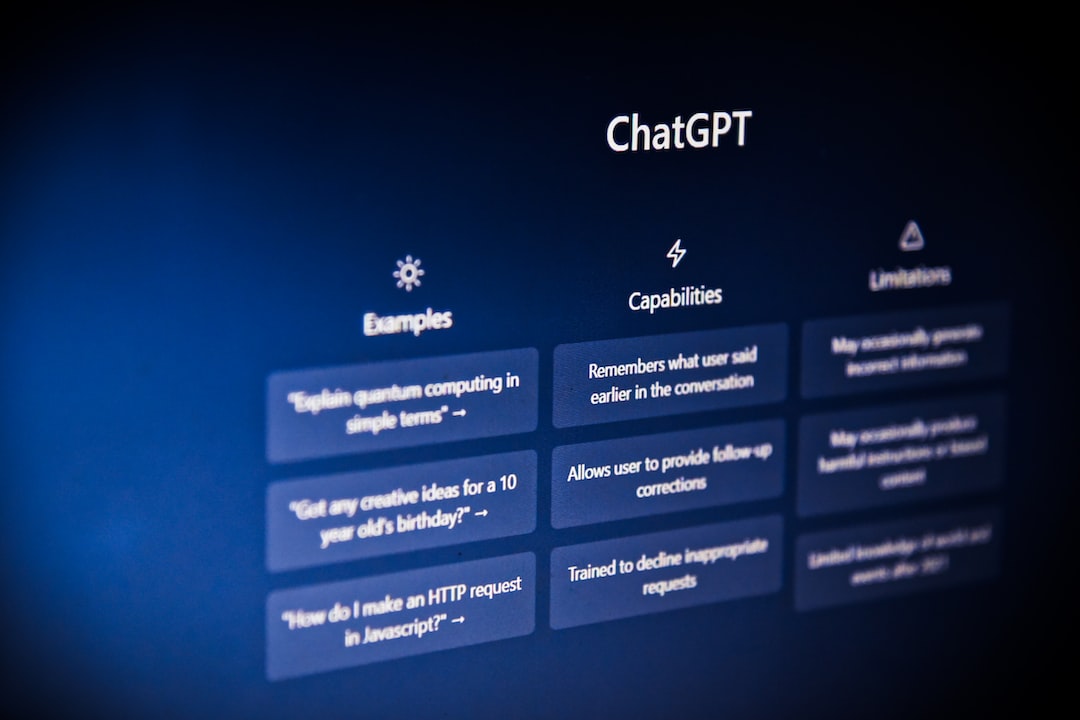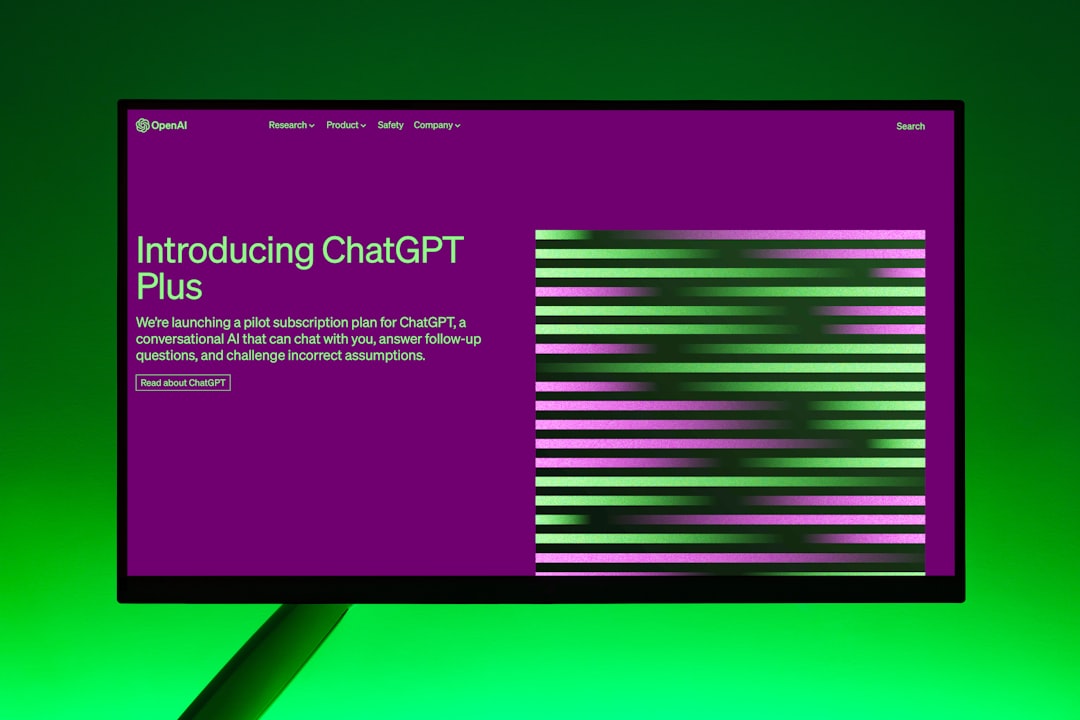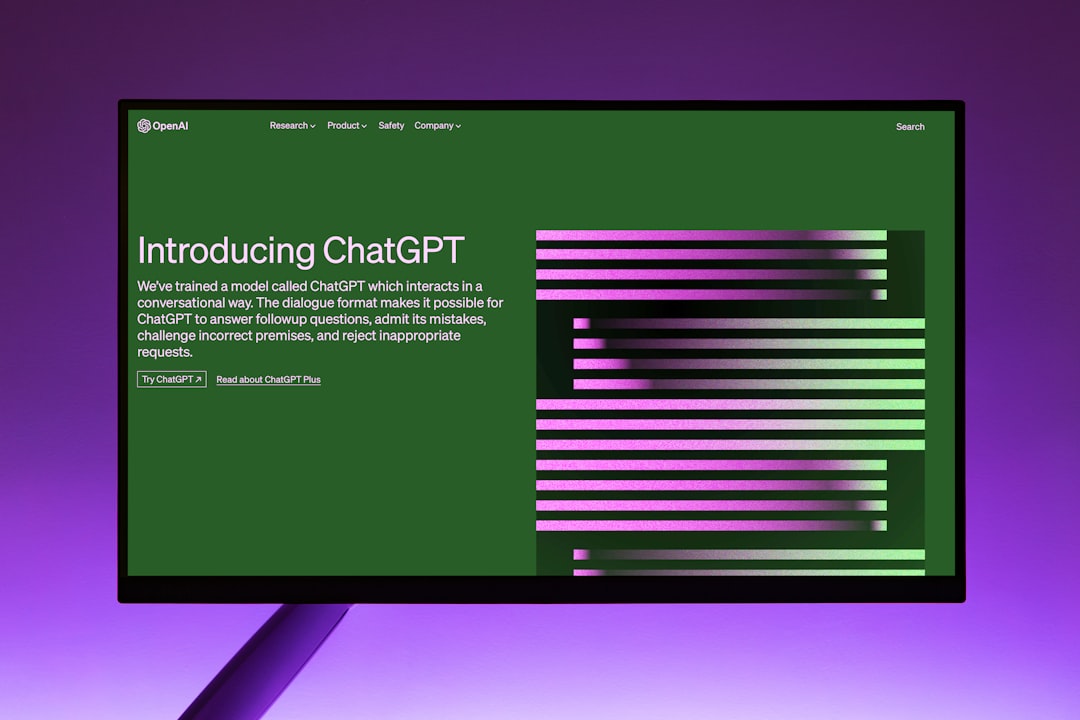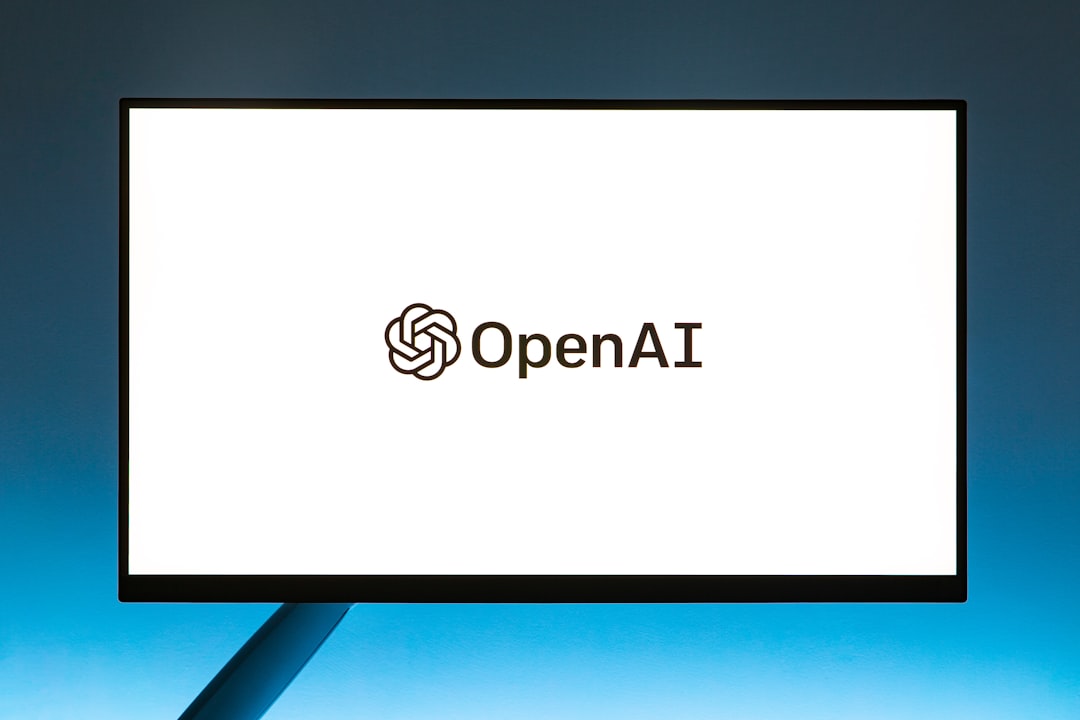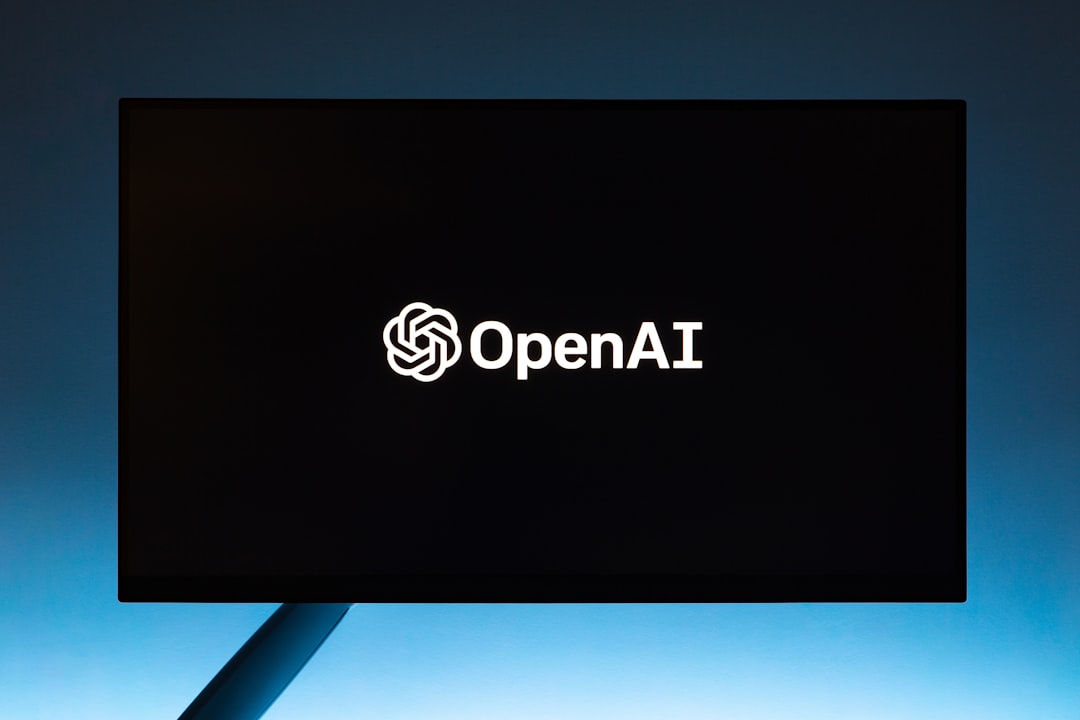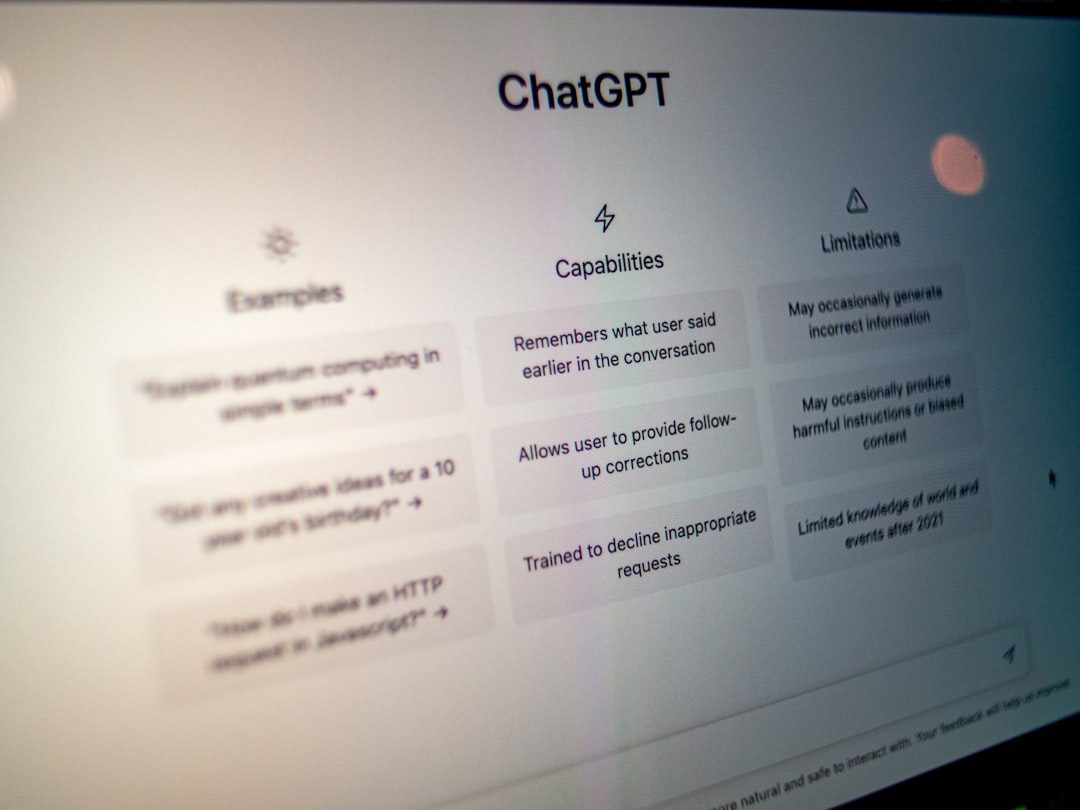Chatbots have revolutionized the way companies and organizations interact with their audience. These conversational agents have become an integral part of customer service and marketing strategies, helping businesses save time and money while improving customer experience. If you are looking to build a chatbot, Python is an excellent language to choose from.
Python is a general-purpose language that is easy to learn and has an extensive library of modules and tools that can make chatbot development a breeze. It provides a massive ecosystem of libraries and frameworks for artificial intelligence, machine learning, and natural language processing. These libraries and frameworks offer developers the ability to create robust and sophisticated chatbots with ease.
In this blog post, we will provide a detailed guide on how to build a chatbot with Python. We will walk you through everything you need to know, from setting up your development environment to testing and launching your chatbot. We will also explore the basics of chatbot functionality and user interaction and delve into more advanced customization options.
So why build a chatbot with Python? Simple! Python provides a simple yet effective way to build powerful chatbots. It’s extremely versatile, easy to learn, and has a vast community of developers sharing their knowledge and expertise. By mastering Python, you can create chatbots that can elevate your business to the next level. So, let’s jump in and begin the journey of building your custom chatbot with Python today!
Getting Started: Setting up your development environment
When it comes to building a chatbot with Python, setting up your development environment is a crucial first step. The right tools and resources can make the process smooth and hassle-free, while the wrong ones can cause confusion and frustration.
To begin with, you’ll need to choose an IDE (Integrated Development Environment) that suits your needs. There are many options available, such as PyCharm, Sublime Text, and Visual Studio Code. Each of these IDEs has its pros and cons, so it’s important to do your research and find the one that works best for you.
Next, you’ll need to install Python, which is a powerful and versatile programming language that is widely used for building chatbots. You can download and install Python from the official website, and there are several versions available, so be sure to choose the one that matches your operating system.
Once you have Python installed, you can start installing the necessary libraries and frameworks that will allow you to build your chatbot. Some popular options include Flask, Django, and NLTK (Natural Language Toolkit), which provide a range of functionality and flexibility for chatbot development.
It’s also important to familiarize yourself with the basics of Git and version control, which will allow you to easily manage and collaborate on your code with others. Many IDEs come with Git integration, so it’s a good idea to learn how to use it effectively.
Finally, it’s important to have a testing and debugging strategy in place to ensure that your chatbot is functioning optimally. There are several tools you can use, such as Pytest and Selenium, which can help you automate your testing and find and fix any bugs or issues that arise.
In conclusion, setting up your development environment for building a chatbot with Python requires careful consideration of the tools, libraries, and frameworks that you will be using, as well as a solid understanding of version control and testing and debugging strategies. With the right setup, you can ensure that your chatbot development process is smooth and successful.
Once you have Python installed, you can start installing the necessary libraries and frameworks that will allow you to build your chatbot.
Bot Essentials: Understanding Chatbot Functionality and User Interaction
Building a chatbot might seem like a daunting task at first, but it becomes easier if you understand the basic functionality and interaction patterns of chatbots. As with most software, chatbots have two basic components: input and output.
The input component comes from the user, and can be text or voice commands. The output component is the bot’s response, which can also be in the form of text or speech. The key to building a successful chatbot is to create a seamless interaction between these two components.
One of the essential features of a chatbot is its ability to understand and interpret user inputs. This requires a natural language processing (NLP) module that processes user inputs and generates relevant responses.
In addition to understanding natural language, chatbots must also be able to recognize the intention behind the user’s input. For instance, a user asking for “help” might have different intentions and needs depending on the context. Therefore, it’s crucial to build an intent recognition module that accurately reads user inputs and maps them to the corresponding intents.
Another critical bot functionality is the ability to maintain conversation context. Without proper context management, users might become frustrated when the bot is incapable of understanding the conversation flow. Bot developers need to design their chatbots to identify conversational topics and remember previous user inputs so that they can provide accurate, contextual responses.
Finally, successful chatbots need to be capable of handling complex conversational scenarios such as multiple sequential requests or user interactions, handling proactive inputs or follow-up prompts, and even managing user preferences and controls.
To sum up, building a chatbot requires a clear understanding of the essential bot functionalities and interaction patterns. This includes the input and output components, natural language processing, intent recognition, context management, and conversational scenario handling. By focusing on these essentials, you’ll be able to create a chatbot that is engaging, user-friendly, and meets the needs of your target audience.
Finally, successful chatbots need to be capable of handling complex conversational scenarios such as multiple sequential requests or user interactions, handling proactive inputs or follow-up prompts, and even managing user preferences and controls.
Building the Chatbot: Code walkthroughs and examples
Now that we have a good understanding of the basics of chatbots and the essential components, it’s time to dive into how to actually build a chatbot using Python. Building a chatbot involves several different steps, including designing its functionality, writing its code, and testing it to make sure it works properly.
Python is an ideal language for building chatbots due to its simplicity and flexibility. Whether you’re a seasoned developer or a beginner, Python has an array of libraries and frameworks that make it easier to build chatbots quickly and efficiently.
There are different ways to approach building a chatbot with Python, but one popular method is to use a framework or library. Some popular frameworks and libraries for building chatbots using Python include:
- ChatterBot: A popular Python library that uses machine learning algorithms to generate responses to user input
- Rasa: A framework for building chatbots that can understand natural language.
- BotStar: An all-in-one platform that lets you create, train, and deploy chatbots using Python.
Once you’ve chosen a framework or library, you can start designing the functionality and structure of your chatbot. This involves deciding what types of questions and responses your chatbot will handle, how it will handle complex interactions, and how it will interact with users.
With the functionality and structure in mind, you can begin writing the code for your chatbot. Depending on the framework or library you choose, you’ll likely be writing code that defines your chatbot’s data models, its training data, its API endpoints, and its response generation functions.
Building a chatbot is not a one-time endeavor. As with any software project, there will be bugs, errors, and unforeseen issues that arise. This is where testing and debugging come in. Testing your chatbot thoroughly helps ensure that its functionality works as expected and that it can handle different types of user input correctly.
Finally, once your chatbot is fully built and tested, it’s time for deployment. This means making your chatbot available to users and integrating it with different platforms and communication channels like Messenger, Slack, and WhatsApp. There are several tools available that make it easy to deploy your chatbot, including Heroku, Amazon Lambda, and Google Cloud Platform.
With the right design, coding, testing, and deployment processes in place, you can build a successful chatbot that meets the needs of your users and takes your business or brand to the next level. So start exploring different Python libraries and frameworks, and see what kind of chatbot you can build today!
There are different ways to approach building a chatbot with Python, but one popular method is to use a framework or library.
Testing and Deploying: Tips and tools for testing and launching your chatbot
Once you’ve built your chatbot, it’s time to test and launch it to the world. The testing phase is crucial to ensuring that your chatbot is functioning properly before deploying it for users to interact with. Here are some tips and tools for testing and deploying your Python chatbot.
Testing your chatbot
To test your chatbot, you can use a variety of methods. One option is to use a chatbot testing framework like Botium or TestMyBot. These frameworks allow you to write test scripts to test your chatbot’s functionality and identify any bugs or performance issues.
Another option is to use a tool like Chatbase or Botanalytics to analyze your chatbot’s performance data. These tools can help you identify areas where your chatbot may need improvement and provide insights into your users’ interactions with your bot.
Deploying your chatbot
Once you’ve thoroughly tested your chatbot, it’s time to deploy it for users to interact with. There are a few different ways to deploy a chatbot built with Python. One option is to host it on a cloud service like AWS Lambda or Google Cloud Functions. These services allow you to run your chatbot code in the cloud, making it easily accessible to users.
Another option is to use a chatbot platform like Dialogflow or Botpress. These platforms provide a hosting environment and various tools to help you build and deploy your chatbot faster.
Ensuring scalability and reliability
As your chatbot grows in popularity, it’s important to ensure that it can handle a large volume of user requests while remaining reliable. To achieve this, you may want to consider using load testing tools like JMeter or Gatling to test your chatbot’s scalability.
Additionally, implementing features like automated error reporting and monitoring can help you identify and address issues before they impact your chatbot’s performance.
In conclusion, testing and deploying your Python chatbot requires careful planning and attention to detail. By using the right tools and testing methodologies, you can ensure that your chatbot is functioning properly and delivering a positive user experience.
Testing your chatbot
To test your chatbot, you can use a variety of methods.
Beyond the Basics: Advanced Chatbot Features and Customization Options
Now that we have covered the basic chatbot functionalities and how to build a chatbot with Python, let’s dive into the advanced features and customization options to enhance the chatbot’s capabilities and make it more personalized for your intended use case.
One essential feature of chatbots is the integration of Natural Language Processing (NLP) and Machine Learning (ML). NLP enables the chatbot to understand natural language and provide more accurate responses. ML enables the chatbot to learn from conversations and improve its responses over time. To do this, Python offers several modules such as Natural Language Toolkit (NLTK), spaCy, and TensorFlow, which can be integrated with the chatbot code.
Another advanced feature of chatbots is the ability to use APIs to provide a wide range of functionality. For example, integrating weather APIs would enable the chatbot to provide current weather information to users. Integrating translation APIs would allow the chatbot to provide support for multiple languages. Integrating e-commerce APIs would enable the chatbot to conduct transactions and place orders on behalf of users.
Personalization is another important aspect of chatbots. Customizing the chatbot’s responses and personality can make the interaction more engaging and enjoyable for users. This can be achieved by creating variables and using conditional statements to tailor the chatbot’s responses to specific user inputs. Python also offers modules such as PyTorch and Keras for creating chatbots with personality traits that can learn from user interactions and provide more personalized responses.
Moreover, chatbots can be integrated with other communication channels such as email, social media platforms, SMS, and voice assistants. Integrating voice assistants is particularly useful for chatbots that are intended to be used in smart homes and other devices. Python offers various libraries such as SpeechRecognition and pyttsx3, which can be used to create chatbots with voice capabilities.
In conclusion, Python offers a vast range of advanced features and customization options to build chatbots that are more intelligent, personalized, and engaging for users. By integrating NLP, ML, APIs, personality traits, and other communication channels, you can create a chatbot that meets your specific needs and future-proof your chatbot for emerging technologies.
For example, integrating weather APIs would enable the chatbot to provide current weather information to users.
Conclusion: How Python Can Revolutionize the Future of Chatbot Technology
As we’ve covered throughout this blog post, Python is an incredibly powerful tool for building chatbots. From setting up your development environment to advanced customization options, Python has everything you need to create a sophisticated and efficient chatbot that can enhance user engagement and drive business growth.
But Python’s potential for chatbot technology goes beyond what we’ve discussed here. As chatbots continue to evolve and become more advanced, Python’s versatility makes it the perfect language to meet these changing needs.
For example, Python can be used to create chatbots that integrate with machine learning algorithms, allowing for more accurate and natural language processing. This opens up a wealth of possibilities for chatbots, such as personalized recommendations and automated customer service.
Additionally, Python’s ability to integrate with other programming languages and platforms means that chatbot developers can easily build and deploy their chatbots across a variety of channels, including websites, mobile apps, and even messaging platforms like WhatsApp and Facebook Messenger.
As chatbots become more ubiquitous in our daily lives, Python is poised to play an increasingly important role in shaping the future of chatbot technology. So whether you’re a seasoned chatbot developer or just starting out, learning Python is a valuable investment in your career and in the future of this exciting and rapidly growing field.
In conclusion, Python has proven to be a reliable and efficient tool for building chatbots of all complexities. With its user-friendly syntax and vast libraries, developers can build intelligent and personalized chatbots that can transform customer engagement and boost business growth. By mastering Python and its capabilities, you’ll be at the forefront of a technological revolution that has the potential to shape the future of customer communication.
